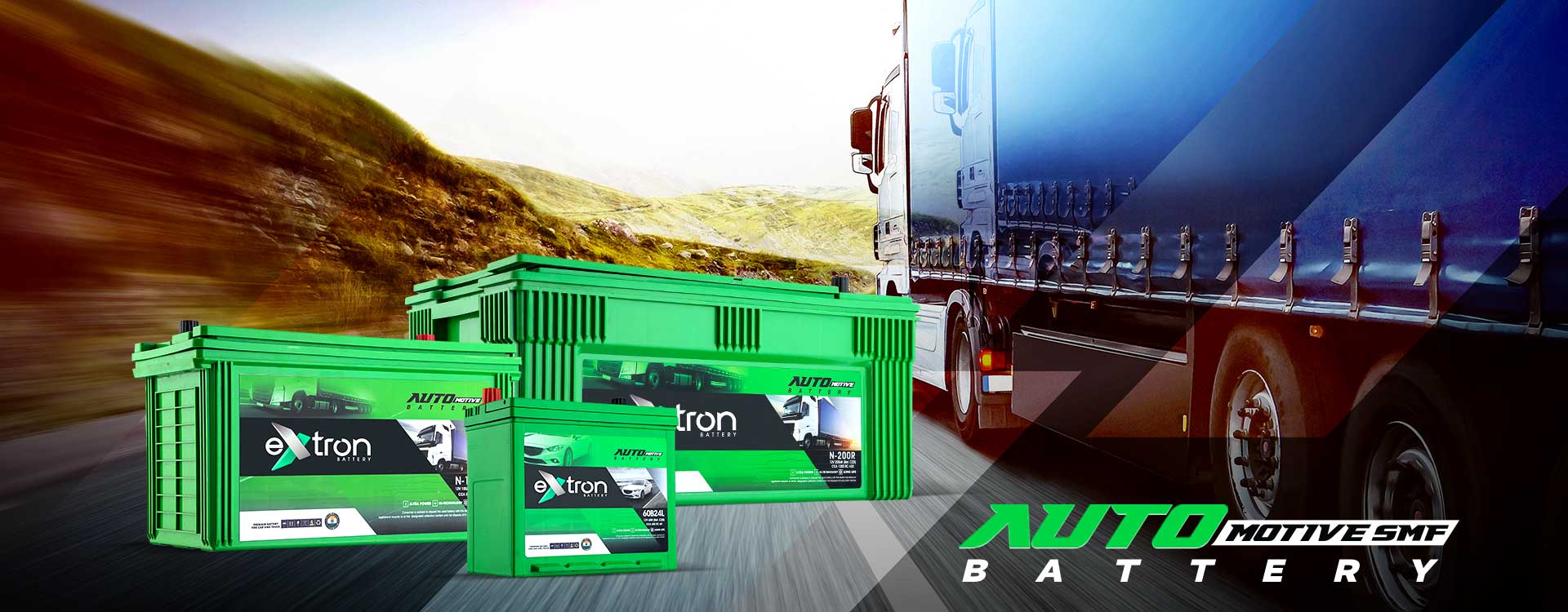1. Introduction: The Solar Energy Revolution
The global energy landscape is undergoing a significant transformation, shifting from traditional fossil fuels towards cleaner, renewable sources. Solar energy stands out as a promising solution, leveraging the sun’s abundant resources to generate electricity. However, the effectiveness of solar power is intricately tied to energy storage solutions, making the role of solar battery manufacturers critical in shaping the future of renewable energy.
2. Solar Power Challenges and the Role of Batteries
While solar technology advancements have reduced costs, the intermittent nature of sunlight poses a challenge. Solar panels generate electricity only during sunlight hours, creating supply fluctuations. Solar batteries address this issue by storing surplus energy, ensuring a consistent power supply even after sunset, thus optimizing energy utilization and grid stability.
3. Technological Innovations and Advancements
Solar battery manufacturers are at the forefront of technological breakthroughs, enhancing battery efficiency, durability, and storage capacity while driving down costs. Advancements in battery chemistries like lithium-ion, solid-state, flow batteries, and graphene-based storage are revolutionizing energy storage.
4. Scalability and Environmental Impact
Manufacturers focus on scalable solutions catering to diverse needs, from individual homes to large-scale utility projects. Additionally, there’s a strong emphasis on sustainability, optimizing manufacturing processes, and exploring recyclable materials to minimize environmental impact and reduce waste.
5. Integration Beyond Individuals: Role in Broader Energy Ecosystem
Solar batteries contribute to microgrid creation and bolster energy resilience, providing uninterrupted power in disaster-prone areas or unreliable grid systems, and extending their impact beyond individual settings.
6. Policy, Collaboration, and Economic Impact
Government policies supporting solar energy infrastructure and incentivizing battery technology R&D play a crucial role. Collaboration between manufacturers, energy companies, research institutions, and policymakers accelerates innovation. Moreover, solar battery manufacturing drives economic growth, creating jobs and fostering a burgeoning industry.
7. Persisting Challenges and Ongoing Efforts
Challenges like intermittency of renewable sources and affordability persist, demanding continuous advancements in storage technology and cost reduction efforts for wider adoption.
8. Conclusion: Architects of a Sustainable Future
Solar battery manufacturers are pivotal in steering the renewable energy transition. Their innovation, sustainability focus, and collaborations shape a cleaner, reliable solar-powered future, providing hope for generations to come.

